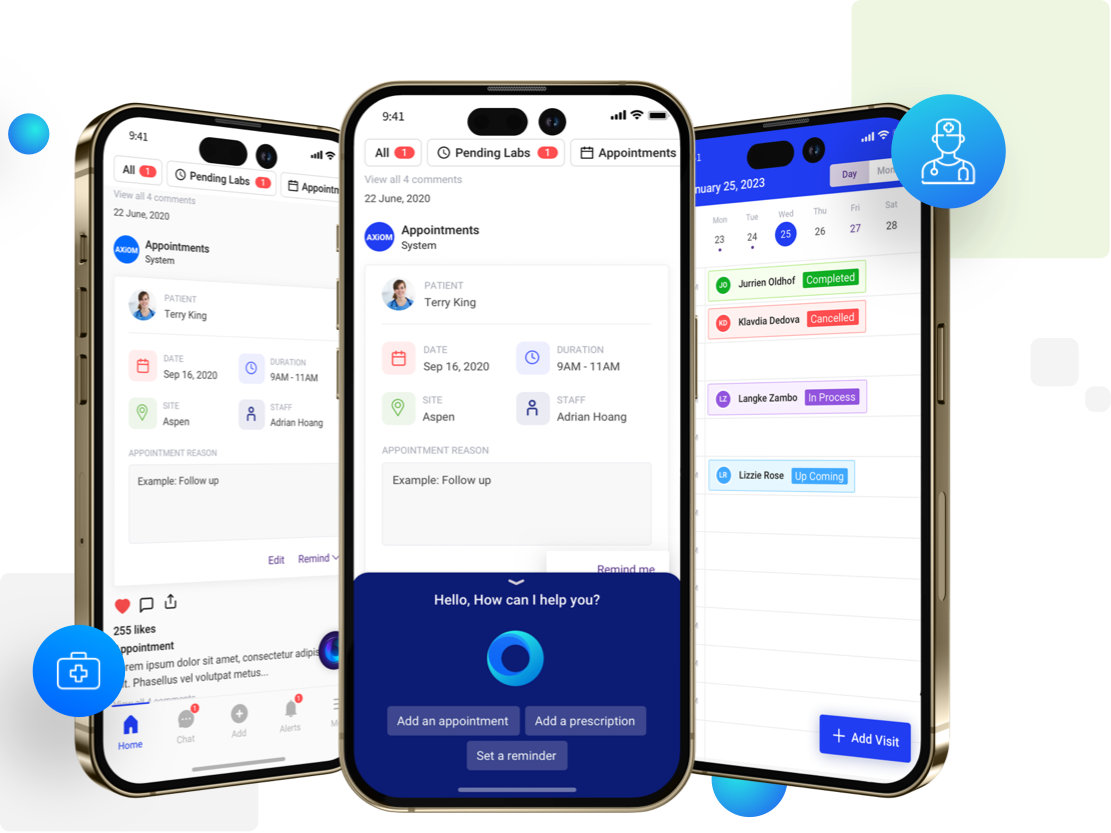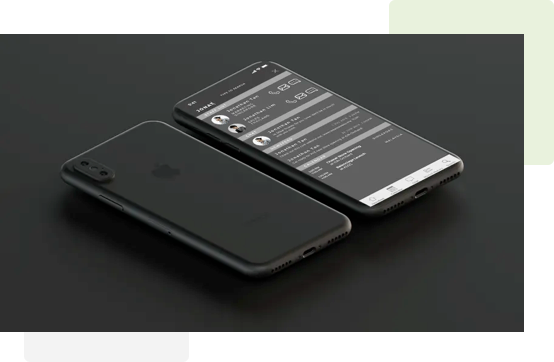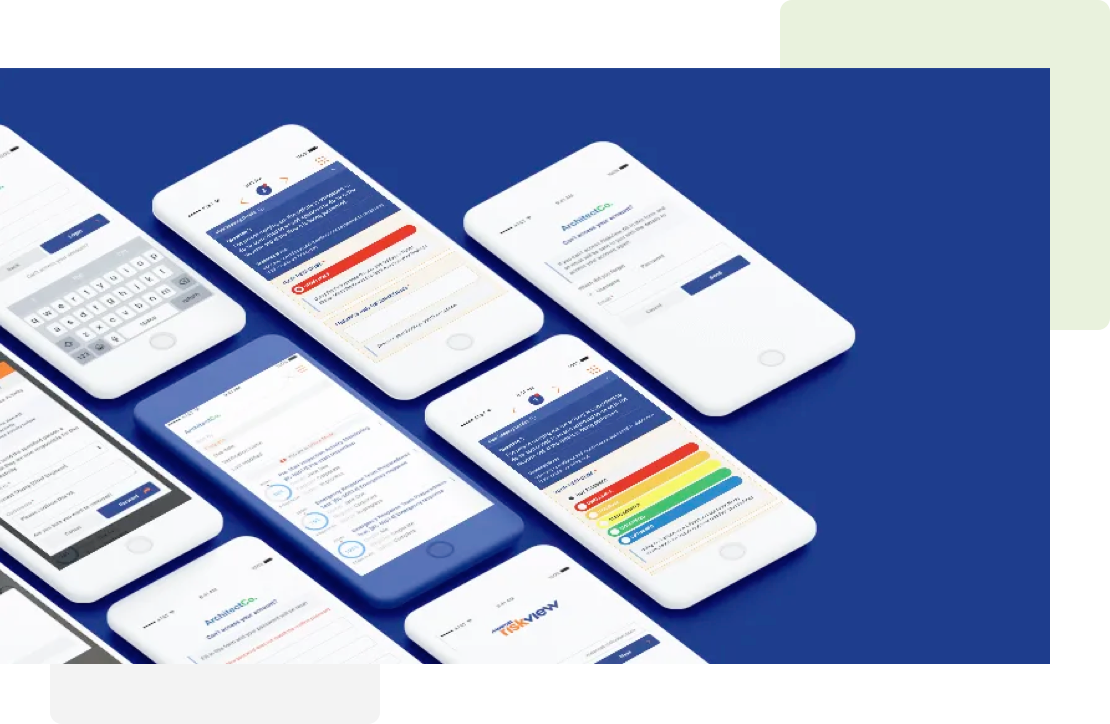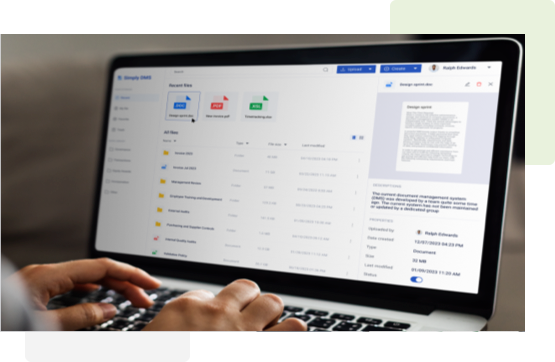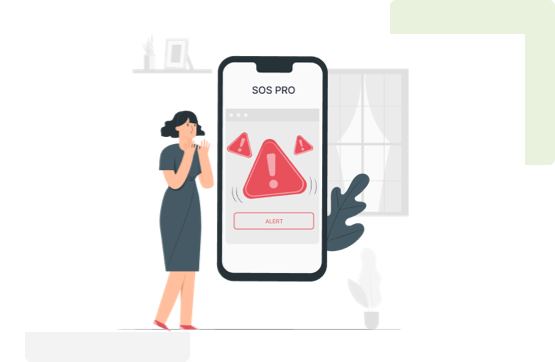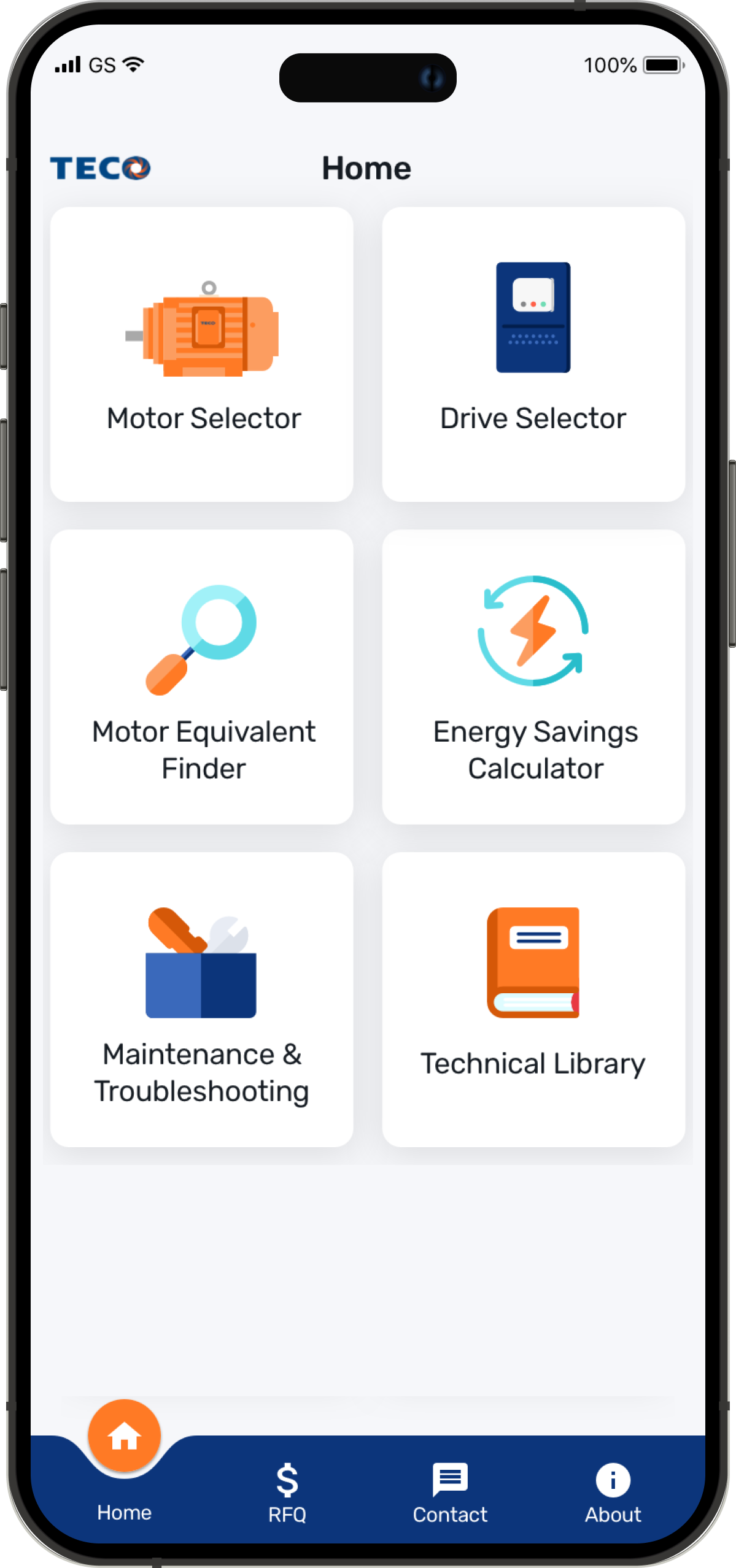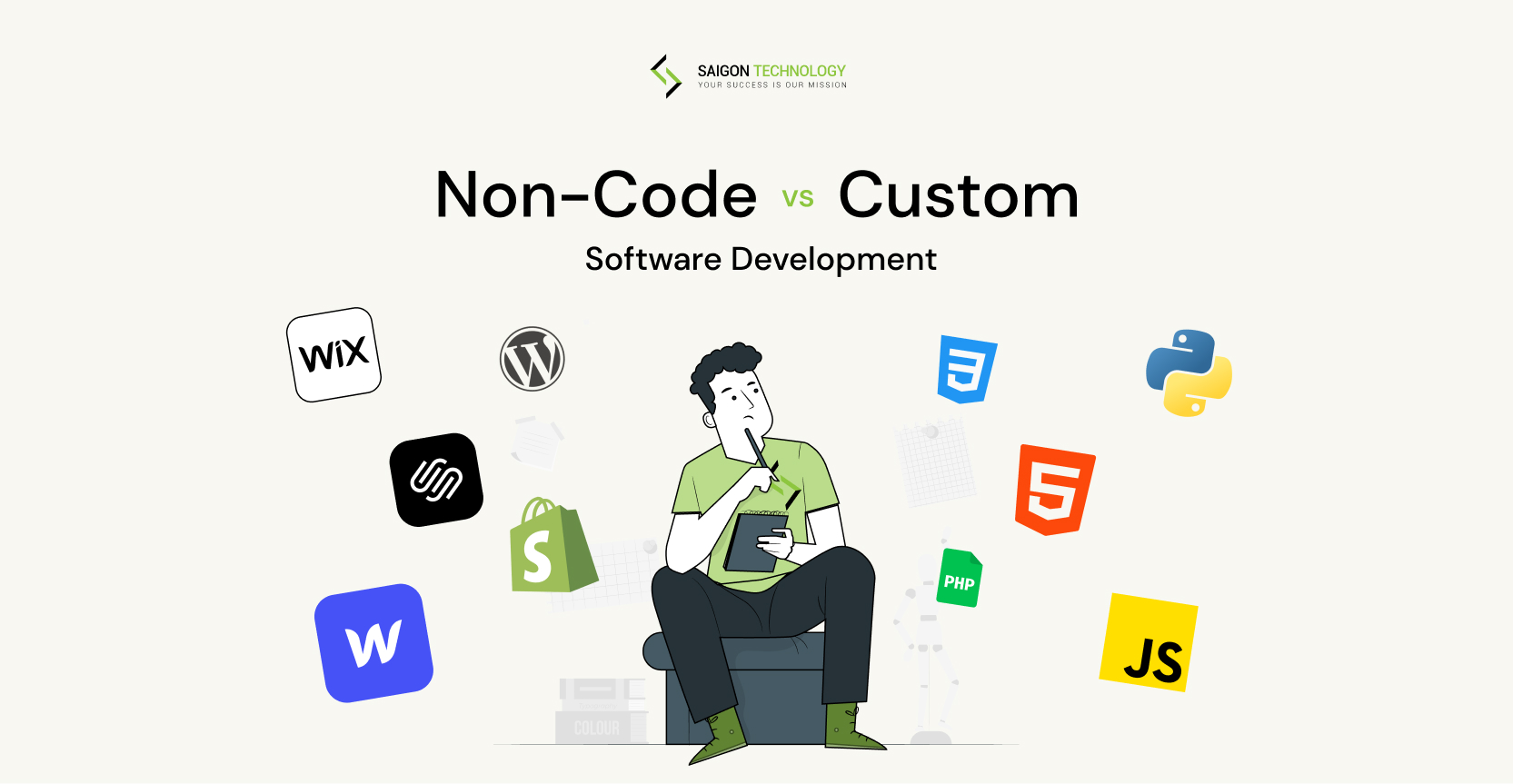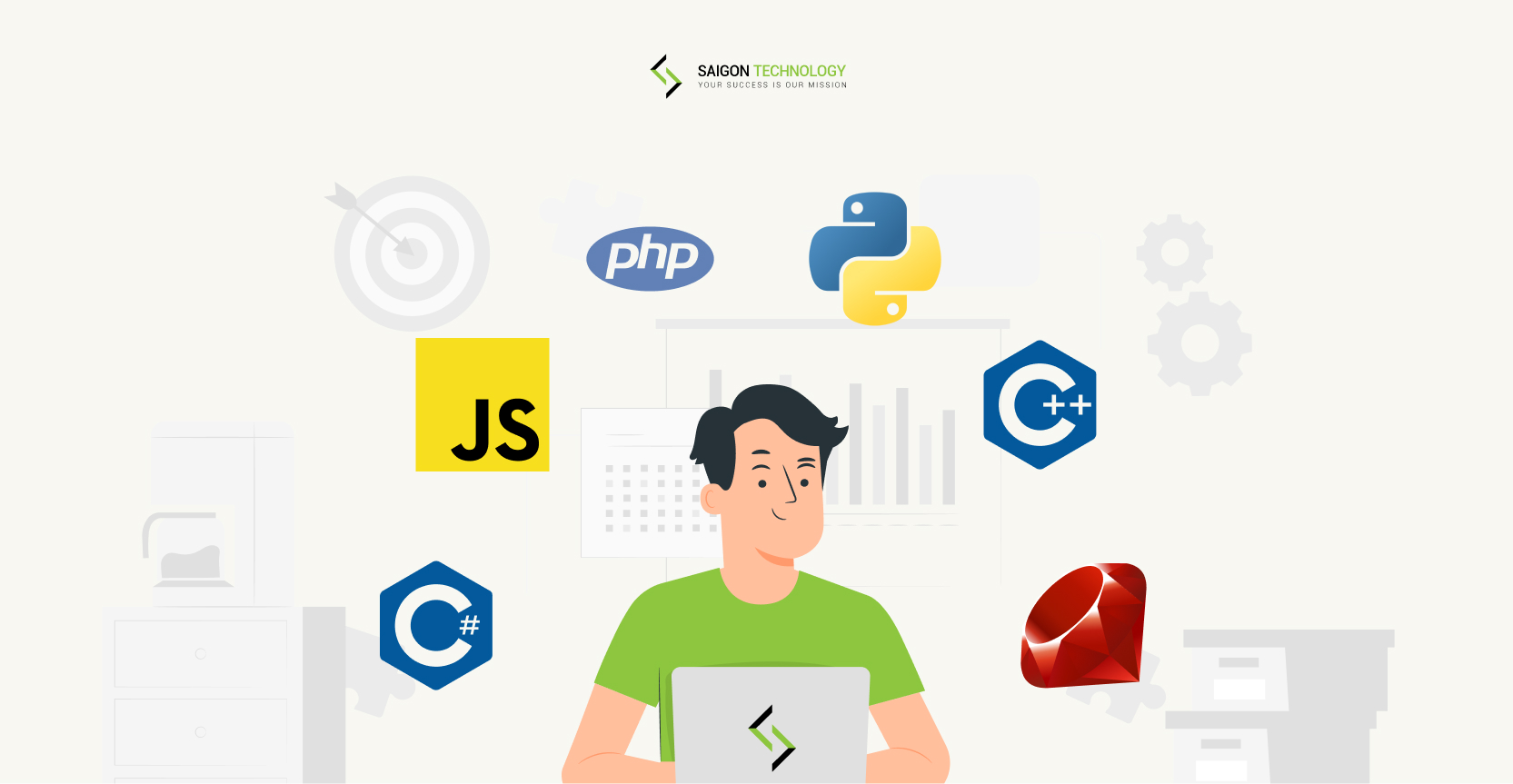-
OVERVIEW
-
SERVICES
-
MODELS
-
WHY CHOOSE US ?
-
TECHNOLOGIES
-
OUR PROCESS
-
FAQS
Saigon Technology - Your Trusted MVP Development Company

- MVP (Minimum Viable Product) app development focuses on creating a streamlined version of a product to test core features and validate ideas. Through this service, businesses can gather user insights and improve their digital products. This approach helps minimize risks and lays a solid foundation for success.
- Saigon Technology has been providing MVP development services for over 12 years. We help turn your ideas into reality through MVP software development. Specifically, we validate your concepts and gather user insights to refine the product based on the feedback. This ensures that your value proposition aligns with market needs before full-scale development.

Our MVP Development Services
MVP Development Consulting
Custom MVP Software Development
MVP App Development
MVP Web App Development
Testing and Quality Assurance
Upgrading the MVP Product Development
Our Engagement Models
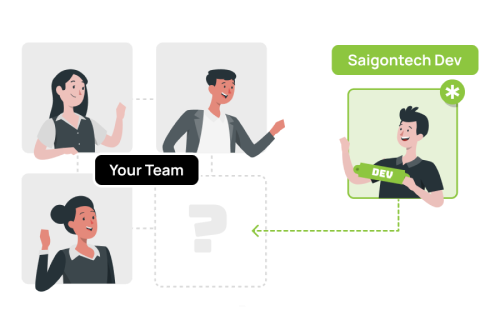
Staff Augmentation
Outsourcing through staff augmentation lets businesses add skilled workers as needed. This approach provides flexibility and dodges long-term commitments, giving you the freedom to make swift adjustments as needed. It's perfect for developing a minimum viable product (MVP), where testing ideas and mitigating risks are crucial.
Best Suited for Businesses That:
- Need specialized expertise to support one or more projects.
- Experience variations in workload and staffing due to seasonal demands.
- Handle ongoing or complex tasks requiring advanced skill sets.
- Must quickly adapt to changing market conditions and project requirements.
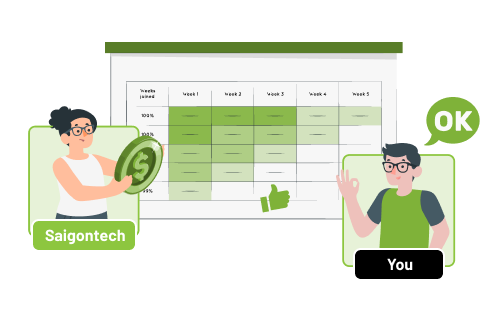
Fixed-Price Model
The Fixed-Price Model is ideal for projects with well-defined requirements and timelines. Our model gives businesses complete cost control and certainty by setting a fixed price upfront, guaranteeing projects stay on budget and meet deadlines. MVP software development works particularly well under this model. A clear scope, deliverables, and ideation phase are essential for refining and validating product ideas.
Best Suited for Businesses That:
- Have projects with clearly defined scopes and deliverables.
- Prioritize budget certainty and effective cost management.
- Require fixed timelines and predictable outcomes.
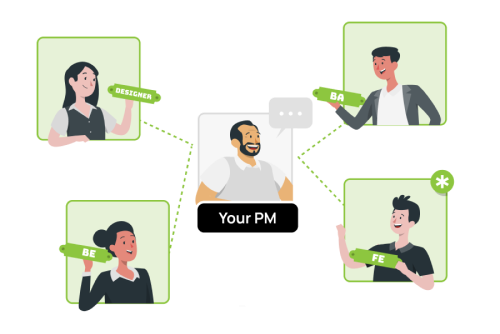
Dedicated Development Team
Our dedicated team is a group of professionals assembled specifically for your project, offering a tailored approach to meet your unique needs. This model is ideal for long-term projects, providing seamless and continuous development. The team integrates into your operations, ensuring consistent performance and collaboration.
Best Suited for Businesses That:
- Require ongoing, continuous development for long-term projects.
- Need a team that integrates deeply with their operations and workflow.
- Seek reliable performance and specialized expertise over an extended period.
- Want the flexibility to scale their team according to evolving project demands.
Our Case Studies: From Vision To Victory
Why Choose Saigon Technology?
You have tons of choices when looking for an MVP development company. But why should you consider outsourcing to Saigon Technology?
 12+ Years of Expertise
12+ Years of Expertise
We have more than a decade of experience delivering successful MVP app development for both web and mobile platforms. Our team has deep industry knowledge to ensure your MVP can meet market demands. By working with us, you will start with a thorough discovery phase and in-depth market research. We can also deal well with unexpected issues during the project.
 Strong Portfolio
Strong Portfolio
We have over 800 projects in our portfolio. These projects cover industries like healthcare, eCommerce, fintech, logistics, and more, showcasing our expertise. Our strong portfolio highlights our ability to deliver tailored MVP solutions for each industry. Our proven track record helps position Saigon Technology as a reliable business partner.
 Startup-Friendly Mindset
Startup-Friendly Mindset
Our MVP app development services are startup-friendly, focusing on the unique needs of young businesses. MVP is a perfect solution for startups as it validates your ideas quickly with the necessary functionality. Based on the feedback, your business can confidently thrive in competitive markets despite your young age.
 Minimizing MVP Development Costs
Minimizing MVP Development Costs
Our MVP development services allow you to maintain high-quality products without breaking the bank. We help you stay cost-effective by offering developers at competitive rates in Southeast Asia. The fee is friendly, but our stringent recruitment process ensures quality. With our years of experience and resources in key locations like Midview City, Ho Chi Minh City, and Da Nang City, we can handle any project efficiently and affordably.
 Agile Methodology and Iterative MVP Development
Agile Methodology and Iterative MVP Development
Our approach also fosters a strong technical partnership for a high-quality MVP. Our MVP developers use an Agile methodology for fast and flexible product development. This approach allows us to adapt quickly to changes. Your MVP can evolve in line with your business goals and market demands.
 Talented Developers
Talented Developers
You can work with more than 350 developers, including the top 1% of MVP developers in Vietnam. This talented team brings technical expertise and problem-solving skills to the table. Our experts are all you need for a successful project.
 Flexible Engagement Models
Flexible Engagement Models
We offer flexible engagement models for MVP software development, like staff augmentation, fixed price model, dedicated development team, and Offshore Development Center (ODC). Thus, feel free to choose a model that aligns perfectly with your budget, timeline, and requirements.
 Cutting-Edge Technology
Cutting-Edge Technology
We use the latest technologies and frameworks in our tech stack to bring your MVP to life. Our team has years of experience working with top-tier technologies like React, Flutter, and Node.js. We also have strong expertise in AI (Artificial Intelligence), ML (Machine Learning), and cloud computing. These technologies help us create MVPs that keep up with market trends, grow easily, and give users a personalized experience.
 ISO-Certified Quality and Security Standards
ISO-Certified Quality and Security Standards
Our quality-first approach is backed by ISO 9001 and ISO/IEC 27001 certifications. This way, we ensure excellence in every phase of MVP development. We also provide an NDA to protect the confidentiality of your ideas and intellectual property. You can be relieved once you choose us as your partner.
 Smooth Collaboration
Smooth Collaboration
 Effective Project Management
Effective Project Management
You can experience professional project management. Our dedicated project manager oversees your MVP to ensure that timelines and goals are met. The manager also makes sure the proper functionality is integrated into the final product. We also hold regular meetings so the project can run as planned.




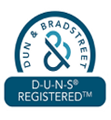







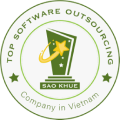
Trusted by Leading Brands
Our Client Testimonials
Looking to Build an MVP for Your Startup or Business?

Benefits of MVP Software Development

 Idea Validation
Idea Validation
MVP software development helps you test your product idea to ensure it fits market needs and appeals to your target audience. The process of validating the business hypothesis typically starts with a Proof of Concept (PoC). A PoC serves as a smaller-scale model or prototype that demonstrates the technical feasibility of the product concept. It helps you verify that the key elements of the idea can work as expected before proceeding to full-scale development.
After confirming feasibility with a PoC, the next phase is MVP app development. This stage focuses on creating a product with essential features that can be tested by real users. Agencies experienced in this process can guide you through these crucial early phases to ensure you’re on the right track.
Entrepreneurs like Mark Zuckerberg have shown the power of MVPs. He launched a simple version of Facebook, initially called "Facemash," to test market interest.
 Accelerate Time to Market
Accelerate Time to Market
Minimum Viable Product means you focus on a single feature MVP. Thus, you can quickly test and refine your product. This custom MVP development process also involves Agile project development. All these solutions reduce time to market. Ultimately, you can meet early customers' needs sooner.
 Defining Your Product Vision
Defining Your Product Vision
Focusing on essential functionality helps clarify your product concept and vision to align with market demands. An MVP development agency helps you define the roadmap for future versions. What's more, MVP aids in user research and helps set clear goals for subsequent product iterations.
 Cost-Effective MVP
Cost-Effective MVP
Minimum Viable Product prioritizes essential features. It means you don't have to use all the resources. Hence, MVP software development minimizes unnecessary development costs. You just need to allocate the reduced costs to the full-scale product!
 Simplifying the Product Development Cycle
Simplifying the Product Development Cycle
You often use the Lean Startup Methodology for building an MVP. This way, you can simplify the product development cycle. Moreover, you will gather usability testing and user feedback analysis to fine-tune the product. So, even with a high level of simplicity, MVPs can still ensure quality.
 Support the Product Pitch
Support the Product Pitch
An MVP-viable product comes with real-world data and prototype development. Thus, feel free to present it to investors and stakeholders. It will surely strengthen your product pitch and demonstrate your potential.
 Good Starting Point for Startups
Good Starting Point for Startups
For startups, MVP app development is a test market feasibility strategy. Thanks to the clear path for optimized time-to-market, an MVP helps you enter the market with a low risk. It's an ideal way to reach your customers and plan future steps.
 Support the Product Pitch and Facilitating Smooth Market Penetration
Support the Product Pitch and Facilitating Smooth Market Penetration
An MVP app development company assists you with market analysis. Customer feedback from initial users is the best resource to refine your product's functionality. The MVP approach enables you to gather these insights quickly, ensuring you're on the right track. It also allows for smoother market penetration, helping you validate your product with real users before scaling.
Our MVP App Development Process
Product Discovery and Idea Germination
User Research and Conceptualization
Feature Prioritization
Agile Development and Iteration
MVP Launch
Industries We Work With
Our Insights
FAQs
Why is minimum viable product development important for startups?


MVP development for startups is crucial. It helps them gather real-world user data by focusing on essential features that are tailored to their target audience. The best part is that this approach requires minimal investment, making it a cost-effective way to test the market.
What is the difference between MVP & PoC?


The main difference between an MVP and a PoC comes from their purpose. A PoC (Proof of Concept) aims to demonstrate technical feasibility, while an MVP-viable product confirms the demand in the market. Additionally, you can complete a PoC in days or weeks, but building an MVP requires months of development.
How much does it cost to develop an MVP?


The cost of MVP software development ranges from $10,000 to $50,000, depending on the project's scope and complexity. Consider the technology stack, features, and customization, too. So, before choosing MVP development services from any provider, you need to discuss the price carefully.
What are the advantages of using Flutter for MVP development?


Here are the key advantages of using Flutter for MVP app development:
- Cross-Platform Development: Write one codebase for both iOS and Android. This ensures consistency across platforms and saves time and resources.
- Faster Development: Hot reload allows for quick changes and rapid prototyping. Extensive libraries and widgets speed up development.
- Cost-Effective: Lower costs with one codebase and fewer developers, perfect for tight budgets.
- Rich UI Components: Flutter offers customizable widgets. It also supports Material Design and Cupertino, ensuring an attractive, native-like UI.
- Strong Performance: Native ARM code ensures high performance. It also provides smooth animations for a better user experience.
- Scalability and Flexibility: Flutter has a flexible architecture that makes it easy to scale as your needs grow. It also offers future-proof support from Google and the community.
- Large Community: Active developer community and excellent documentation reduce development time and troubleshooting.
- Easy Integration: Seamless API and backend integration. Firebase support is included for real-time database, authentication, and more.
Is MVP outdated?


The concept of an MVP is not outdated but has evolved to adapt to modern development practices and market demands. MVP software development remains valuable in validating market demand and testing user reactions before a full-scale process.
Who is the main contact point when working with Saigon Technology?


The main contact point for your project is the project manager. Our PM oversees the entire process and acts as a bridge between clients and the development team. You can contact them for any issues about progress, timelines, and communications.
What is the working model for development at Saigon Technology - hybrid or full-time?


At Saigon Technology, the working model for development depends on the specific approach you choose. As a supportive MVP development agency, we provide flexible options tailored to your needs so you can easily achieve your goals.

